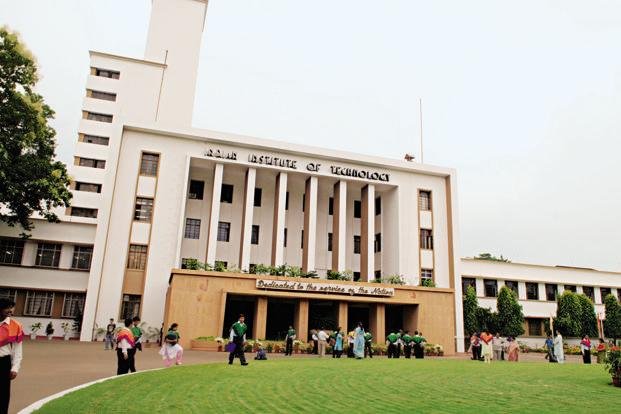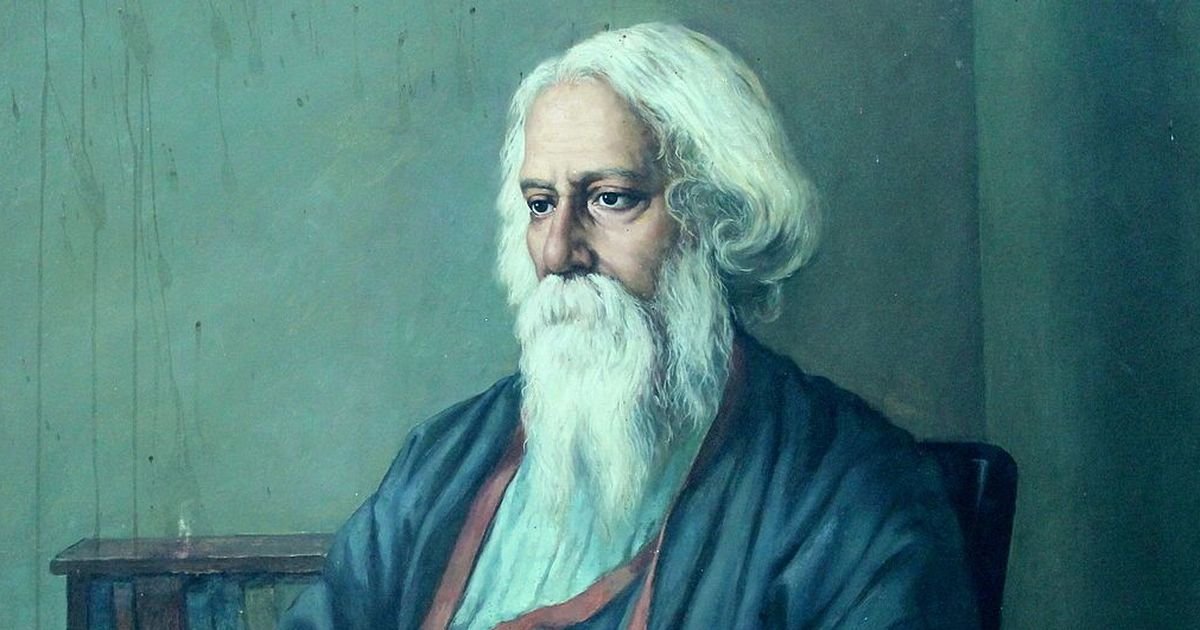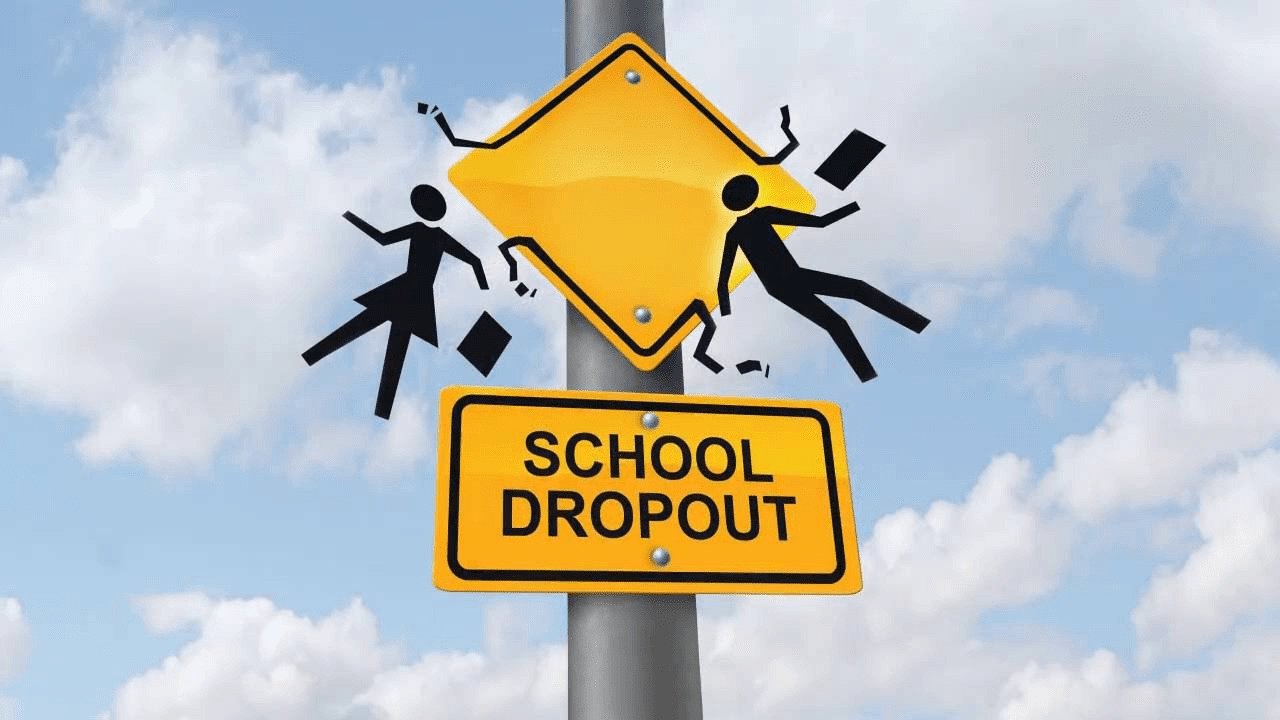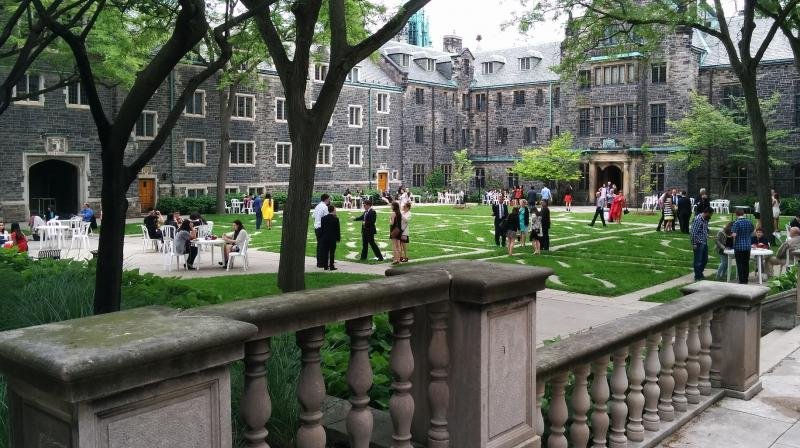By: Dr. Ratan Bhattacharjee
Indian Universities had a poor run in global rating with none including the prestigious IITs even making it to the top 100 of the QS World University rankings. This is very bad news for the country where one-fifth of the World’s population lives. Only two somehow managed to be in the 200 top universities one IIT Bangalore at 152 and one IIT Delhi at 185. Other IITs came in only among 400 and even Delhi University came somehow among the 500. We need now a complete overhaul of the higher education system. Rabindranath Tagore who never studied in any university once said about Vivekananda, “If you want to know India study Vivekananda. In him everything is positive and nothing negative “Vivekananda did not do his Master’s from any University for his education. As Narendranath, Vivekanands passed the Fine Arts examination and completed only a Bachelor of Arts Degree in 1884. He was the only student to receive first-division marks in the Presidency College entrance examination after his family shifted to Kolkata in 1879. Still William Hastie Principal of Christian College wrote, “Narendra is a genius. I have travelled far and wide but I have never come across a lad of his talents and possibilities, even in German universities, among philosophical students. He is bound to make his mark in life”.
Today why we are not getting a second Vivekananda, or why the universities of 130 crore people inhabiting the nation have come to so poor ranking globally the question comes to our mind again and again. Is there any problem with the University system itself? It is an open truth that western education was introduced in India and universities were created for producing clerks to help the empire run its administration. This trend of reducing the energetic and talented youth of the country to mere clerks even in the name of IAS or IPS officers is a bleak scenario. That is the reason why leaders like Netaji Subhas or Vivekananda are not emerging from the university system. At best we can imagine a utopia where we feel proud of saying that in our times, the university has become not only a catalyst of scientific and economic change, but also the vehicle for equalization of chances and democratization of society by making possible equal opportunities for people – contributing not only to economic growth, but to social equality or, at least, lesser inequality. But there are some bigger problems.
The education system of our country is vitiated by dirty politics and true statesmanship is missing. Freedom of the university is curtailed and tailored to the needs of the ruling parties. The system needs to be improved to gain the capability to produce “leaders” by focusing on the right blend of traditional education in the current academic system. After the pandemic India is now opting mostly for digital education even in rural areas where infrastructures still need to be developed. But it is always important to adopt technology and facilitate the students with the new modes of learning and the focus should not be merely job oriented and should also be on character building. We also need to have thinking classrooms, which will take our teaching to a next-generation level. In pursuit of improving the education sector, we focus more on the quality of what the teachers are teaching but equally important is to monitor what the students are learning from it.
We have about 1000 universities in India and about 40000 colleges. We know universities can be Central or State, Private or Public (State or Central). Created by an Act of Deemed to be a University, the numbers in different categories and their growth in the Five years from 2013 to 2018 are as follows.
Type of University 2013–14 2017–18
- Central university 42 45
- Institute of national imp 68 101
- State public university 309 351
- State private university 153 262
- Deemed university-govt 36 33
- Deemed university-private 80 80
But these universities are not coming to world ranking even that one published in the last month which gave importance to University of Cambridge, Oxford or Harvard. Except for IISC or IITs no other university is coming to any mention-worthy rank. The problem is grave and we need to analyze a few factors.
The lack of sufficient funds is the main problem in the development of education. The outlay for education in Five Year Plans has been decreasing. Due to insufficient funds, most higher education institutions lack infrastructure, science equipment, libraries, etc. Due to this reason, desired results cannot be achieved. For the last few years, UGC is not providing any funds for organizing seminars and conferences. Another fishy thing is the UGC care-listed journals as no one knows which journals are getting this status and if such journals are at all fairly selected. So researchers and job seekers are in a crisis of publishing their valued papers. Even those who are in jobs are in a crisis. University, professional and technical education has become costly in India. The fee structure of technical and professional institutes like IIM’s is quite high IIM’s charge Rs. 2 lakh per semester for MBA classes. It is beyond the reach of the common man. Privatization of higher education has led to the growth of profit-hungry entrepreneurs. Now a day’s higher education is a much more costly affair. The medium of instruction particularly in science subjects is English. So rural students who are not well versed in English, cannot study science properly in English. They suffer a lot; Indian languages are still underdeveloped. Standard publications are not available in the Indian language. When intelligent, talented, and deserving candidates do not get suitable jobs in the country, they prefer to go abroad for seeking jobs. So, our country is deprived of good talent. This phenomenon is called ‘Brain Drain’.
The history of the modern Western University tells us that the concept of ‘modern university evolved from the medieval schools known as studia generalia and the earlier ‘studia’ arose out of the efforts to educate clerks and monks beyond the level of the cathedral and monastic schools. The history of the university began in 1209 when several disaffected students moved there from Oxford. From the 13th century on, universities were established in many of the principal cities of Europe. Until the end of the 18th century, most Western universities offered a core curriculum based on the seven liberal arts: grammar, logic, rhetoric, geometry, arithmetic, astronomy, and music. Students then proceeded to study under one of the professional faculties of medicine and law. The first modern university in Europe was that of Halle, founded by Lutherans in 1694. In the later 18th and 19th centuries religion gradually displaced as the dominant force as European universities became institutions of modern learning and research and was secularized in their curriculum and administration.
The University of Berlin’s German model of the university as a complex of graduate schools performing advanced research and experimentation proved to have a worldwide influence. The idea of a university and how it distinguishes itself from other institutions. Cardinal Newman in 1852 described a university as “a seat of wisdom, a light to the world, a minister of the faith, an Alma Mater of the rising generation. It is this and a great deal more. “A university training, he added,” aims at raising the intellectual tone of society, at cultivating the public mind, at purifying the national taste, at supplying true principles to popular enthusiasm and fixed aims to popular aspirations, at giving enlargement and sobriety to the ideas of the age, at facilitating the exercise of political powers and refining the intercourse of private life. “A university has the twin responsibility of providing instruction on matters of intellectual importance and conducting research on those very matters. These two functions should reinforce one another. Situating the relevance of contemporary social inquiry is complex and multifaceted. It is of paramount importance, especially for societies to rethink the role that the university can play. An important aim of higher education is to learn to ask questions and to develop the capacity for reasoned arguments. This is what Gurudev Rabindranath Tagore alluded to when he sang; “Where the mind is without fear… Where knowledge is free… Where words come out from the depth of truth…”
Even Einstein’s thesis was rejected simply because the university Ph.D. evaluator did not fully understand it. Universities are still unable to produce another Einstein. (The author is a Senior Associate Professor & Head Post Graduate Dept. Dum Dum Motijheel College & former International Visiting Faculty USA. He can be reached at profratanbhattacharjee@gmail.com)







